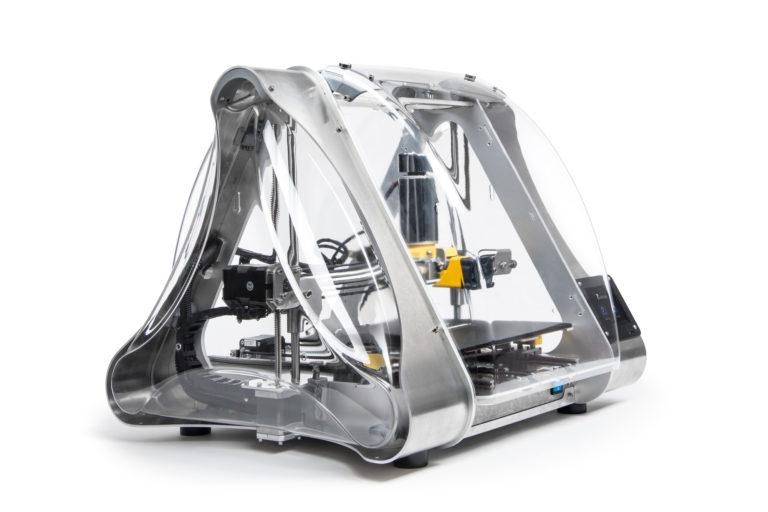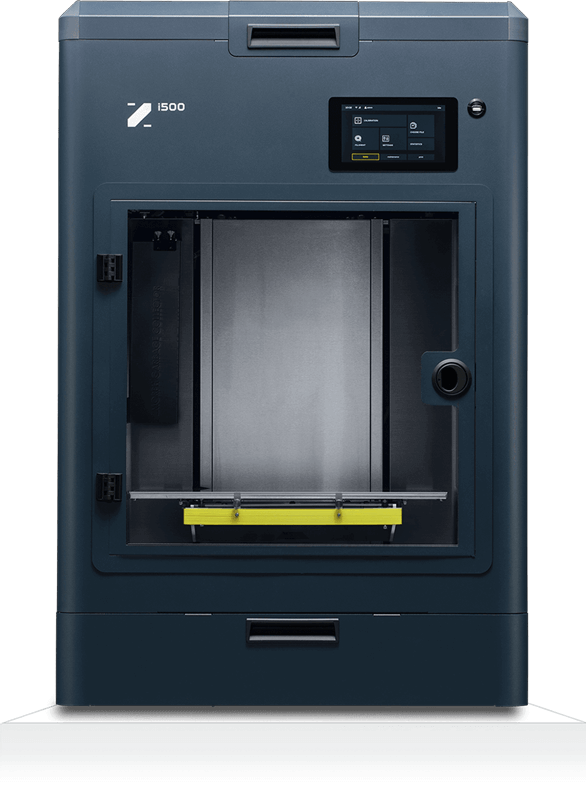Sygnis SA, a Polish advanced technologies company, announced the acquisition of a majority stake in ZMorph SA, an original equipment manufacturer (OEM) based in Poland. ZMorph is one of the most established Polish suppliers of additive manufacturing (AM) solutions.
Founded in 2012, ZMorph quickly carved out its niche in the multifunctional desktop printer market. Its flagship machine went on to feature a variety of tool heads for CNC milling and engraving, paste extrusion and more. While this particular market segment never really took off, ZMorph nonetheless has continued to refine the technology, releasing its first industrial-grade printer, the i500, about a year ago, amidst a general rebrand.

Sygnis also announced that ZMorph will be left intact, to operate as a subsidiary of the newly formed parent organization, Sygnis Group. Andrzej Burgs, president of Sygnis SA, will now also serve as head of the technology and R&D department of the Sygnis Group, and — acting as a liaison between the parent organization and the new subsidiary — as the VP of ZMorph SA.
In a press release, Burgs explained, “In its strategy, Sygnis planned to create the Sygnis Group, which will include, among others, a company that is a manufacturer of 3D printing machines. Initial assumptions…included a lead time [for implementation] of 2 years. At this point, the opportunity to acquire ZMorph causes us to achieve this strategic goal right now.” Gregory Kaszynski, VP of Sygnis SA, and newly-named president of ZMorph SA, added, “[ZMorph] is one of the most important brands on the Polish 3D printing market and, above all, very recognizable worldwide. ZMorph’s unique emphasis on quality, combined with Sygnis’ R&D strength, will certainly quickly result in new solutions for the company’s offerings.”
Burgs also mentioned that he believes, with this acquisition alone, Sygnis has become “the largest 3D printing entity in Poland.” Based on its optimistic reference to its corporate grand strategy, and frequent mention of future growth, it seems clear that the company is interested in acquiring more assets.

Again, the particular market segment that ZMorph serves has yet to see much growth. Nevertheless, it’s entirely possible that the ability to switch print heads for different applications and materials is meant more for the industrial than the consumer market. Sygnis may thus simply have perfect timing, and may have found a real bargain in this acquisition.
To be sure, Poland is probably not the first place people think of when they think of AM. On the other hand, the country’s geography gives it a serious advantage in potentially being able to fill long-term supply gaps resultant from Russia’s invasion of Ukraine. Indeed, it would be difficult to find a nation in the world at the center of more supply routes than Poland.
Subscribe to Our Email Newsletter
Stay up-to-date on all the latest news from the 3D printing industry and receive information and offers from third party vendors.
You May Also Like
Precision at the Microscale: UK Researchers Advance Medical Devices with BMF’s 3D Printing Tech
University of Nottingham researchers are using Boston Micro Fabrication‘s (BMF) 3D printing technology to develop medical devices that improve compatibility with human tissue. Funded by a UK grant, this project...
3D Printing Webinar and Event Roundup: April 21, 2024
It’s another busy week of webinars and events, starting with Hannover Messe in Germany and continuing with Metalcasting Congress, Chinaplas, TechBlick’s Innovation Festival, and more. Stratasys continues its advanced training...
3D Printing Webinar and Event Roundup: March 17, 2024
It’s another busy week of webinars and events, including SALMED 2024 and AM Forum in Berlin. Stratasys continues its in-person training and is offering two webinars, ASTM is holding a...
3D Printed Micro Antenna is 15% Smaller and 6X Lighter
Horizon Microtechnologies has achieved success in creating a high-frequency D-Band horn antenna through micro 3D printing. However, this achievement did not rely solely on 3D printing; it involved a combination...





























